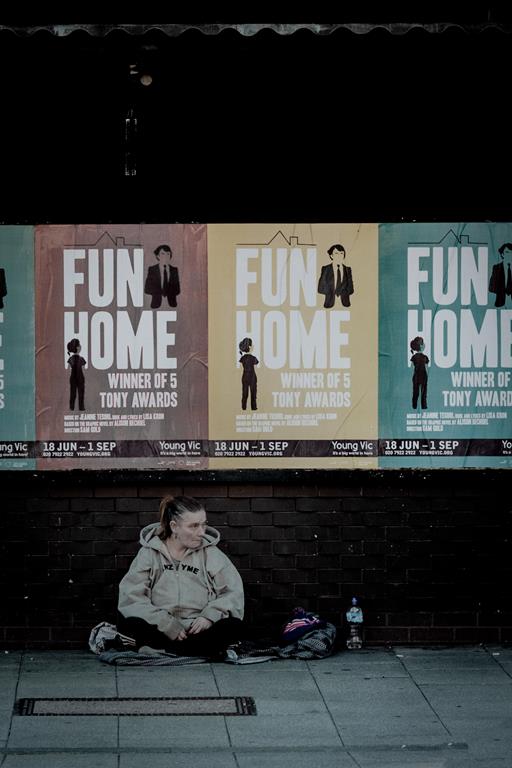Rates of homelessness are spiking across the country, and not just in the urban areas of Canada’s largest cities. Regions that have traditionally seen lower numbers of people experiencing homelessness, and have less robust support systems in place because of it, are struggling to adjust to their new realities. Edmonton declared a homelessness emergency earlier this month in response to a doubling of the officially recognized homeless population from pre-pandemic levels. Police have been dismantling the resulting encampments, citing concerns over crime, predation, and safety, but advocates claim the city has failed to provide adequate resources. Without proper shelter, people often rely on propane burners to survive the sub-zero conditions Canada’s climate brings, but such provisions come with serious safety concerns.
On Feb. 27, 2019, firefighters responded to multiple explosions at the St. Anne Camp site in Maple Ridge. The ensuing fires came only a week following the enforcement of a B.C. Supreme Court Order in which the city “removed approximately 100 propane tanks plus gasoline canisters, generators and other ignition sources and accelerants from the site,” according to an official release. Propane tanks and burners are often provided to homeless populations by outreach groups and concerned citizens to ward off the cold, but they also lead to an increased risk of deadly accidents. In Halifax, where the homeless population doubled in 2022, and again in 2023, so have incidents of fires.
The national database estimates that Canada has a homeless population of approximately 235,000 people, however, the Lawson Health Research Institute puts the true number at nearly three times that, accounting for the “hidden homeless” by incorporating data from Canada’s emergency rooms. “We’ve been seeing this trend, where you have homeless people who have jobs,” said Dr. Michael Batu, assistant professor of economics at The University of the Fraser Valley. “They are working — they have pay stubs — but they couldn’t afford the rent.”
In 2022, the B.C. Supreme Court prohibited the City of Vancouver from evicting the residents of the CRAB Park encampment, ruling that the city had failed to provide adequate shelters. The encampment is still there — its residents enduring the latest arctic blast or ensuing snowstorm. Not everyone survives. CTV News Vancouver reported last December that “at least 342 homeless people died in 2022, which is 75 more than in 2021, and 198 more than in 2020.” The solution isn’t to protest the removal of tent encampments, but to create safe, affordable housing at every level of the housing continuum — something we’ve neglected for decades.
Dr. Batu is surprised there haven’t been widespread demonstrations over Canada’s state of housing. “In France right now … they’re literally throwing shit at politicians,” he said, referring to the massively disruptive farmer protests, “but here in this country? I don’t know why there’s been no movement — people in the streets protesting. I don’t understand. Especially young people. Are we that desensitized already?” Sadly, I think it was a rhetorical question.
Long ago, when DeLoreans roamed the earth, Brad was born. In accordance with the times, he was raised in the wild every afternoon and weekend until dusk, never becoming so feral that he neglected to rewind his VHS rentals. His historical focus has assured him that civilization peaked with The Simpsons in the mid 90s. When not disappointing his parents, Brad spends his time with his dogs, regretting he didn’t learn typing in high school.



